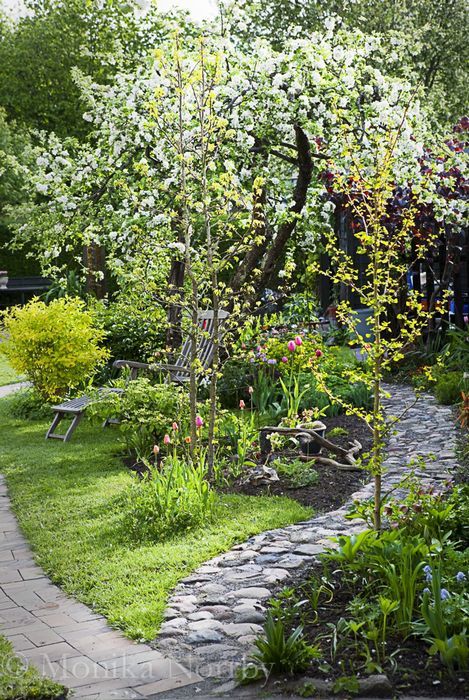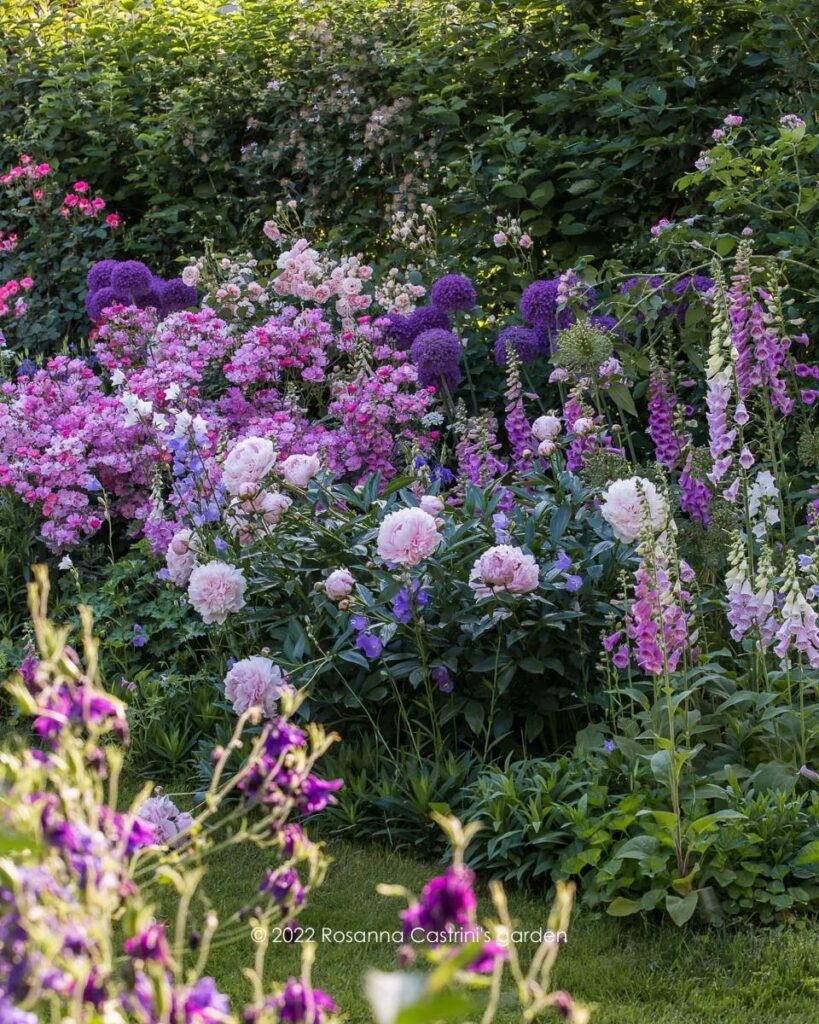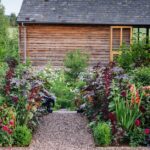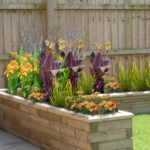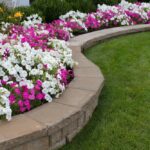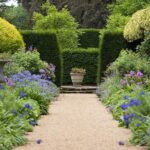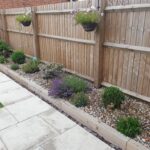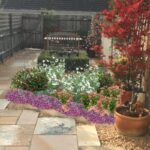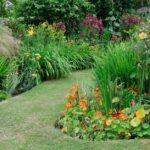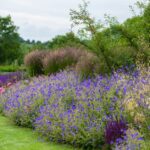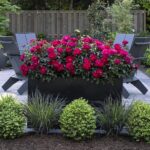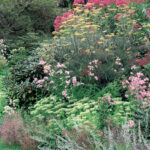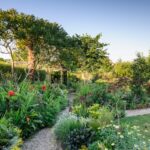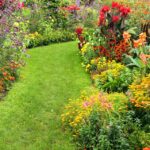Garden design borders play an important role in creating a visually appealing and well-organized outdoor space. Whether you have a large garden or a small one, borders can help define different areas and add structure to your landscape. By incorporating borders into your garden design, you can create a sense of order and cohesion that enhances the overall look of your outdoor space.
There are many different types of borders that you can use in your garden design. One popular option is a raised bed border, which can add depth and dimension to your garden. Raised beds are also a great way to separate different types of plants and create a more organized and structured look. You can choose from a variety of materials for your raised bed border, including wood, stone, or even recycled materials like old bricks or concrete blocks.
Another popular type of border is a hedge or shrub border. Hedges and shrubs can provide privacy and create a natural, green boundary for your garden. They can also act as a windbreak and provide shelter for wildlife. When designing a hedge or shrub border, consider the height and density of the plants, as well as their maintenance requirements. It’s also important to choose plants that will thrive in your climate and soil conditions.
If you’re looking for a more informal border option, consider using low-growing plants like groundcovers or perennial flowers. These types of borders can add a soft and flowing edge to your garden, creating a relaxed and natural look. Groundcovers can also help suppress weeds and reduce the need for mulching and watering. When choosing plants for a low-growing border, make sure to consider their sun and soil requirements, as well as their spread and maintenance needs.
In addition to plants, you can also use different types of materials to create borders in your garden. For a more contemporary look, consider using metal or concrete edging to define the edges of your garden beds. These types of borders can add a modern touch to your landscape and provide a clean and crisp delineation between different areas of your garden. You can also use natural materials like rocks, pebbles, or shells to create a more organic and rustic border that blends seamlessly into your outdoor space.
Ultimately, the key to successful garden design borders is to choose materials and plants that complement the overall style and feel of your outdoor space. Whether you prefer a formal and structured look or a more relaxed and informal design, there are many options available to help you create borders that enhance the beauty and functionality of your garden. By incorporating borders into your garden design, you can create a sense of order and harmony that will turn your outdoor space into a true oasis of beauty and tranquility.

